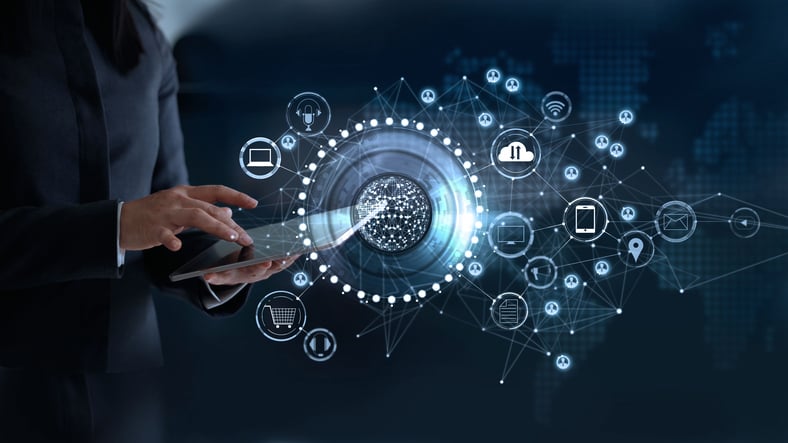Redefining IT Asset Management for the Digital Age
New Business Technologies Challenge Traditional ITAM Philosophies
What a difference a year makes. Not long ago, the challenge for IT asset management was justifying its existence to business leaders. Now the challenge is managing everything ITAM is responsible for. As recently as 2016, ITAM was defined as hardware and software discovery, detail capture, and storage. In other words, knowing what you have, where it is, and how long it will last. In retail, we call it inventory accountability. The roles of ITAM were divided as follows:
- Asset tracking – Knowing the location of assets, who’s using them, and tracking when they move
- Asset lifecycle management – Knowing when you bought the asset, when you’ll need to buy a newer model, and what you’ll do with the old one
- Asset reporting and alerting – Knowing when warranties and leases expire
Like most things in life, once you start to get comfortable and feel like you know what you’re doing, things change. Digital technology is turning asset management upside down.
“ITAM can no longer restrict its scope to only those conventional technology assets under the control of the IT department. ITAM must encompass all digitally enabled or connected technologies regardless of ownership . . . .”1
How cloud impacts asset management
Cloud is seen by many as a less inexpensive, easy way to store data, software, and services without making a big hardware or building space investment. Data and services can be turned over to offsite resources. Bugs and updates can be handled externally, as well. Some people thought cloud would mean the demise of ITAM, but turns out the opposite is proving true. In fact, cloud is adding to the need for ITAM and making its role more demanding. Going offsite is not proving to mean there’s less to do.
The role of ITAM increases by needs such as:
- Understanding how to contract cloud software and services while keeping the company protected
- Creating new processes and strategies that can incorporate old processes and strategies
- Planning effectively for migrating software to the cloud
- Implementing controls that prevent remote employees from using company-owned licenses after they leave employment
Internet of Things (IoT)
I suspect the Internet of Things is just getting started. The possibilities seem endless, which means the headaches could be endless, as well. The average consumer sat up and took notice of IoT when they discovered they could control things at home not only with a remote, but also remotely. The idea has now expanded to businesses like transportation and manufacturing. The challenge for ITAM is security. Remember the attack in October 2016 that shut down Twitter, Spotify, Reddit, and others using web-connected home devices?2
Gartner Inc. has named the digital phenomenon happening in business the Nexus of Forces and defined it as “the convergence and mutual reinforcement of social, mobility, cloud and information patterns that drive new business scenarios.”3 Gartner Inc. explains how these new technologies challenge the traditional approach to IT asset management and require a new way of looking at “management.”
“Regardless of its maturity, an inflexible ITAM practice with a limited focus on administering assets will fall short of meeting the demands of digital business. In order to succeed, ITAM must become more about the governance needed to manage assets successfully than about the hands-on life cycle management of the different asset classes. Responsibility for hands-on management will be returned to the people responsible for the operational management of the assets.”4
In their report, Redefining IT Asset Management for the Digital Age, Gartner Inc. outlines challenges faced by traditional ITAM philosophies and suggests ways to transform to a workable management strategy. Sample recommendations include:
- Refocus ITAM responsibility from "tracking" individual assets to corporate governance of IT and Technology
- Work with digital business and IT stakeholders to determine the asset management governance of new technologies before they are deployed
- Ensure ITAM professionals have appropriate data analysis skills to optimize data leverage in support of IT and business objectives
I suggest you download a free copy of the report: Redefining IT Asset Management for the Digital Age. At the very least, it will get you thinking about how you need to transform to stay relevant in today’s and tomorrow’s business evolution.
